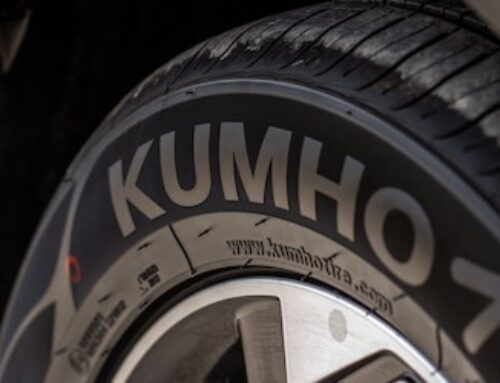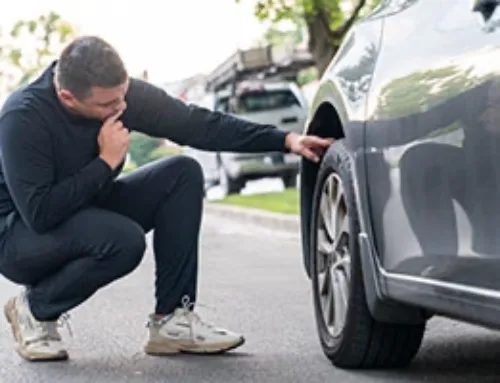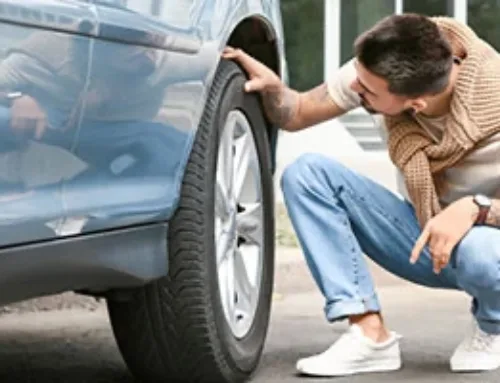Table of Contents
Most drivers don’t give too much thought to their tires. But if you’ve ever had to replace a set, then you know just how expensive new tires can be. Give your wallet a break by making sure you get the maximum life of your tires. Keep reading to discover some really simple ways to extend tire life.
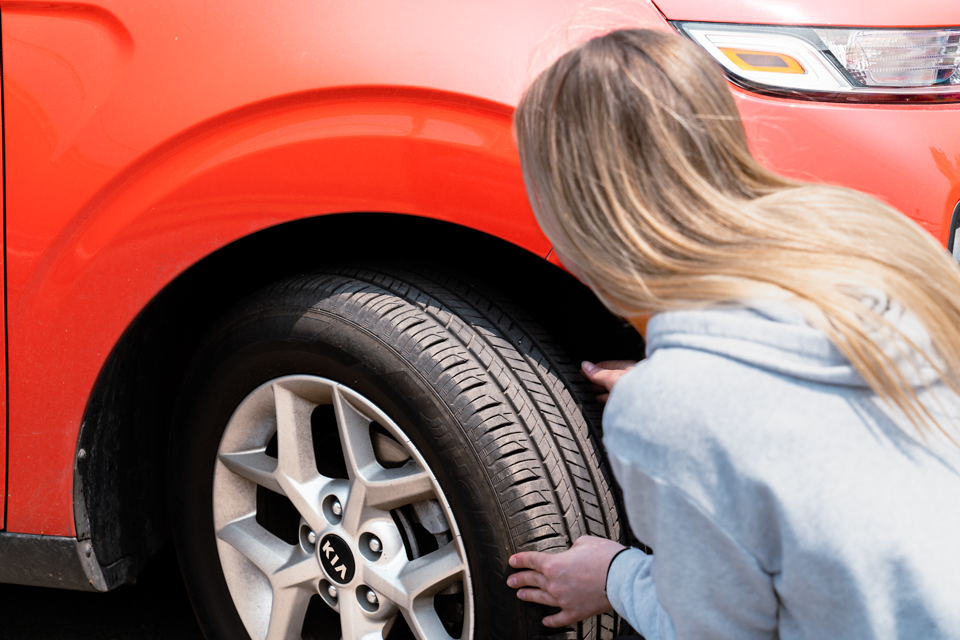
Maximizing tire lifespan
The good news is that it doesn’t take complicated machinery or expensive maintenance tasks to keep your tires in tip-top shape. Just don’t ignore obvious problems like some of us (aka me). Find out some of the simple and easy ways you can increase the life of your tires.
Maintain proper tire pressure
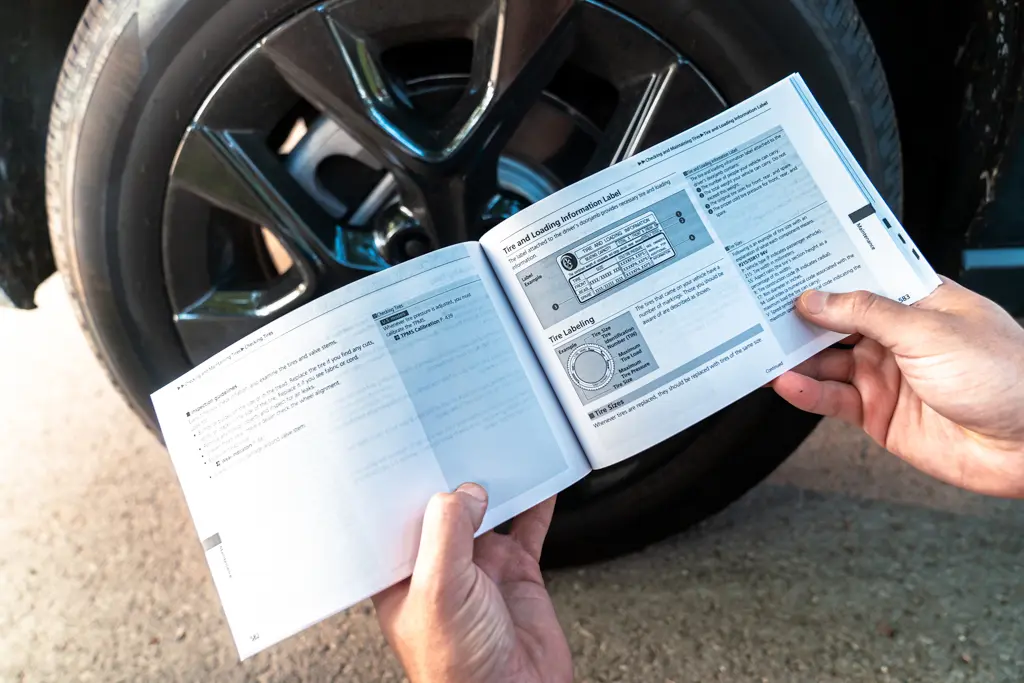
The simplest thing you can do is make sure all of your tires have proper air pressure. There’s a reason why tires even have recommended tire pressure, and that’s because it will help you get the most out of your vehicle. Proper pressure will improve handling and traction, as well as fuel efficiency and the life of your tires. You can find out the appropriate inflation pressure for your tires by consulting the owner’s manual or the Tire and Loading Information chart on the inside of the door jamb.
In addition, incorrect tire pressure will strain your tires unnecessarily, leading to tire failure. This includes things such as:
- Uneven tire wear on certain parts of the tread
- Tire blowout
- Tire sidewall damage
Check tire pressure
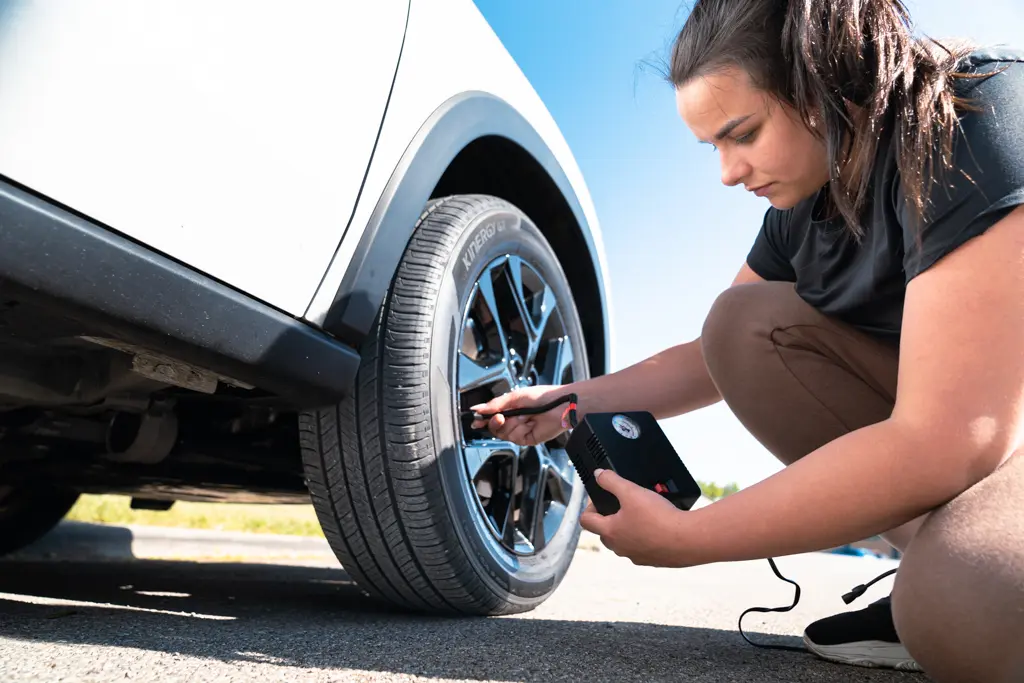
It’s important to check your air pressure regularly, and you can do this in a number of ways. Firstly you have your tire pressure monitoring system (TPMS), which is an electronic system that will alert you if one or more of your tires has the wrong air pressure. However, it’s best not to rely on this piece of electronic equipment and to check manually as well.
To get your tires checked manually, use a simple tool called a tire pressure gauge or sometimes just simply a tire gauge. Just press the tool up against the valve stem of each tire to get an accurate reading of the tire pressure inside. Doing this about once a month is a good idea, as tires will lose air over time. Air pressure is typically measured in pounds per square inch, or PSI for short.
When checking your tires, don’t forget to check the spare tire as well. Trust me, you will feel silly if you ever get a flat, triumphantly remove the flat tire, and then open up the trunk to realize that the spare is also flat.
Bleeding tires
Bleeding tires or letting air out manually might seem right if your tires are overinflated or have an air pressure above recommended. However, it’s important to know that driving around for even just 10-15 minutes is likely to raise the air pressure in your tires due to the added heat from friction with the road surface. Don’t bleed air out of your tires while they are hot because this will mean that they will be underinflated at other times.
If your tire pressure is high even while the tires are “cold” or haven’t been used for several hours, then it’s advisable to let some air out manually. Do just a little at a time and have your tire gauge handy to check.
Warm weather can also increase the air pressure in your car tires. If the temperature outside jumps significantly in a short amount of time, you will likely see a similar spike in your air pressure. Keep in mind that if you bleed your tires on a hot day, they may have low pressure the next day or week if the weather cools off again.
What happens if you consistently drive on underinflated tires?
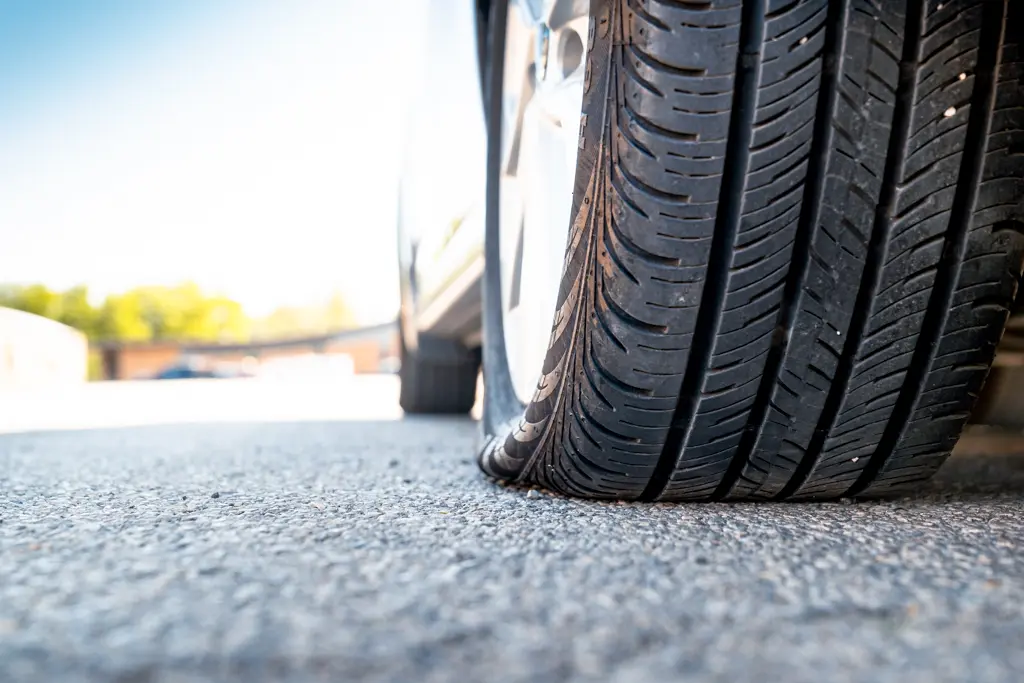
If you consistently drive on underinflated tires, you will experience several problems. Over time this will lead to significant tread wear on the edges of the tread. This uneven tire wear decreases the tread depth, which makes it more likely to fail or get punctured.
Underinflated tires are also bad for your vehicle’s fuel economy, losing you money at the pump over time.
In addition to uneven wear, the lack of inflation will weaken the tire’s structure, which is bad for the tire’s sidewall. The sidewall is the weakest part, and tire damage to this area can result in leaks, tire bulges, and even blowouts.
Other basic maintenance that affects tire life
Some cheap and easy services to extend tire life act as preventative measures. Most car owners overlook these, but they will save you some money in the long run, so don’t fall into that trap.
Tire rotation
Simply put, get your tires rotated. This is simply swapping the positions of each tire in a systematic fashion to help even out any tire wear. It’s best to rotate your tires regularly, every 5,000 miles or every other oil change. Having a consistent tire rotation schedule can increase tire life twofold.
Wheel alignment
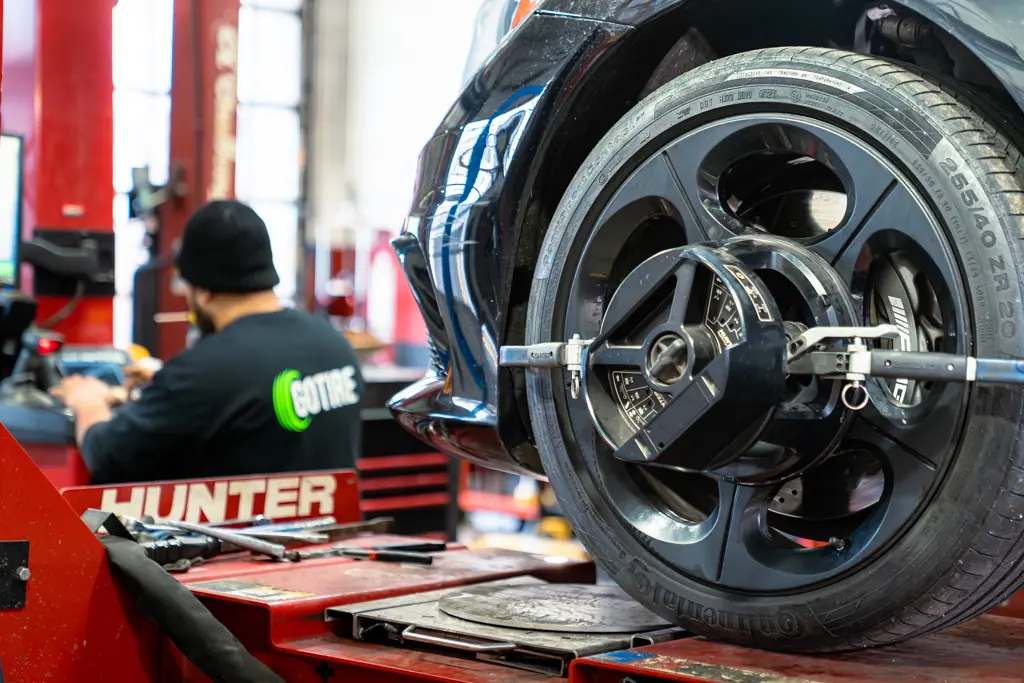
A wheel alignment is a service where all of your wheels are checked to make sure they are straight. Over time your wheels might point slightly in or out or have a bit of tilt. It’s a good idea to have your alignment checked once a year and whenever you buy new tires.
If you neglect this basic service, your tires wear down significantly faster due to increased friction. You might notice that your vehicle needs a wheel alignment if you feel the steering wheel pulling slightly to the side or vibrating while driving straight.
Don’t let the best tire deals & tips roll by!
Sign up for our newsletter
The right kind of tires

Ensure you get the right kind of tires for your driving style. If you’re consistently driving off-road, through mud, on broken pavement, etc., it makes sense to get a set of all-terrain or mud tires that can handle the off-road conditions.
Likewise, avoid using winter or snow tires on roadways during summer. The rubber compound on snow tires is softer and will wear down faster in warm conditions.
The same, but the opposite is true for summer tires. The cold weather will cause the rubber to crack and break down faster.
Driving habits
Individual driving habits also play a big part in reducing or extending tire life. Things such as speeding, hard braking, accelerating quickly, etc., can put unnecessary strain on your tires. Adjusting your driving style to a slower pace will be much safer and extend the life of your tires and vehicle.
Avoid damaged rims or wheels
If you notice that the wheel or rim your tire is on has been damaged, has obvious signs of welding, or is warped in some way, do not mount your tire on that wheel or rim. This is a clear sign that your tire will be subjected to some imbalanced tire wear. Make sure always to have your tires mounted by a professional.
Frequently Asked Questions
What’s the best way to store tires when not in use?
Tires want to be stored in a dry spot with a reasonable temperature. Avoid keeping them on the ground as debris and water will collect between the tire and the ground. The good idea is to hang them on the wall of a garage or off the ground in a basement.
How to know when tires need to be replaced?
If your tire has had several significant punctures already, it might need replacing. A tire’s structure becomes compromised after several punctures. Also, if the tread depth has been significantly reduced, the tire probably isn’t giving you the grip and handling you need and should be replaced. Lastly, if you can see threads or wires clearly n any part of the tire, a failure is imminent and should be replaced. Remember to always replace tires in pairs of two or four.
Is it ok to drive on threadbare tires?
No. If you can see the threads of the tire, such as a white ring on the passenger side front tire from frequently bumping into curbs, then this is a sign that the tire could fail at any moment.


